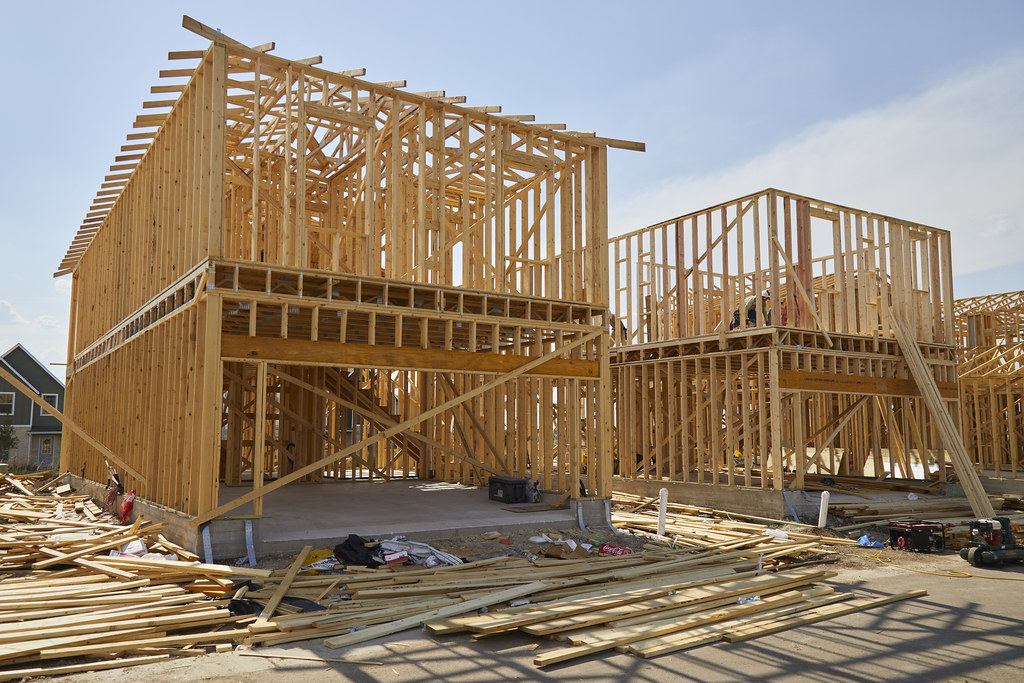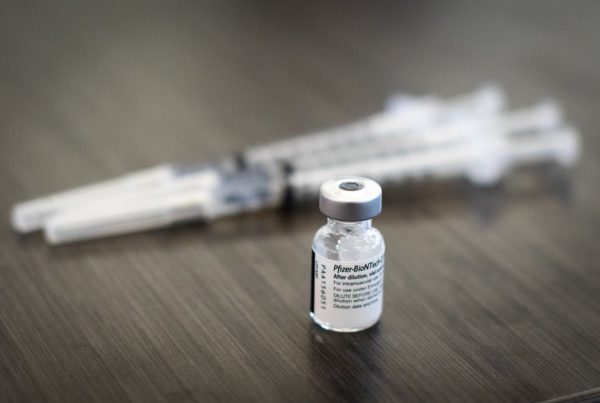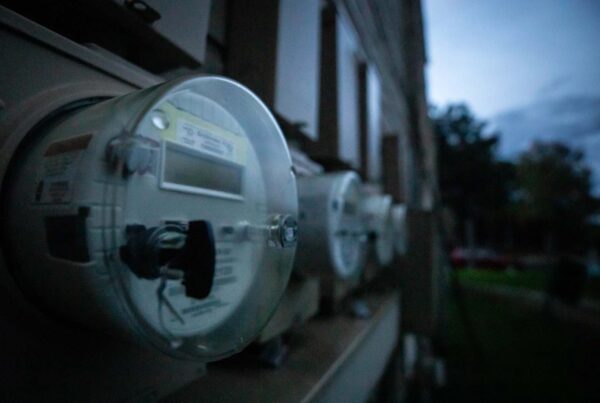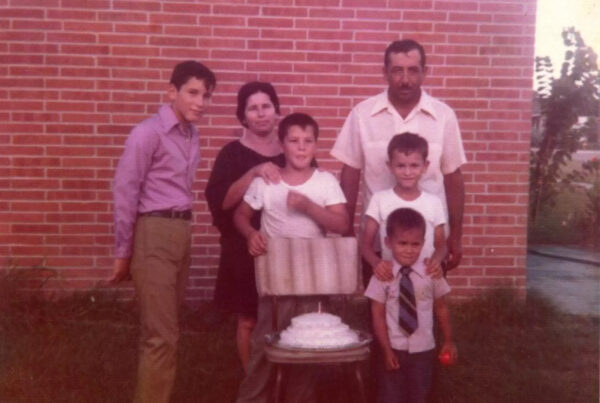For years, Texas has consistently ranked among the cheapest states to purchase a home, something that makes it especially attractive for newcomers. Last year alone, the Lone Star State saw its population go up by around 350,000, a third of those people coming from abroad.
All this growth means that demand for homes in Texas is high – so high that, according to new research from the Dallas Federal Reserve, the state is losing its “cheap housing edge.”
Texas Standard producer and reporter Sean Saldana joined the Texas Standard to run through the numbers.
This transcript has been lightly edited for clarity:
Texas Standard: So we know that rising housing costs around the state have been an issue. But as a refresher, can you give us a sense of what things look like in the housing market right now?
Sean Saldana: One of the things that we’ve covered here on the Standard is how prices have started to level off and even come down in some places. But I would like to run through a quick example to show you how hot things have gotten, and this comes from the Dallas Federal Reserve: In 2019, the median household income in the DFW area was around $72,000. That’s pre-pandemic. Last year, 2022, it was $74,000. So not a huge change by any means.
So now let’s take a look at housing costs: 2019 again, pre-pandemic DFW homes were going for around $270,000. Last year, almost $400,000.
Whoa, wait a minute. That’s like the increases you saw in California back in the early 2000s.
We’ll just say it’s going up faster than incomes are going up.
Let’s say that. Yeah, absolutely.
So I called up Daniel Oney with the Texas Real Estate Research Center, who’s really put this into perspective for me: “The old rule of thumb about affordability was, you know, you’d think about buying a home that was three times your income. All of the big markets in Texas these days are over three.”
Alright, so what are the explanations about how the housing market ended up here?
Yes, so the answer to that comes down to rising labor costs for construction workers and local regulations and a million other factors. But a big one is economics 101: supply and demand. Texas is a growing state where a lot of people want to live, and homes are just not getting built fast enough, which means that prices go up.
Now, normally the free market would respond by building more homes. But Daniel Oney says this is where you have to take the current economic climate into account: “Builder sentiment is pretty low right now. If you look at surveys of homebuilders and say, ‘why aren’t you responding to this growing population and building more houses?’ Well, they’re concerned about an overextension. You know, if the economy turns bad, they don’t want to have all this inventory on hand.”
And so this sort of makes sense, right? I mean, the big push from policymakers over the past year and a half has been to slow the economy down. I will say, though, David, there is one silver-ish lining to this new Dallas Federal Reserve data.
What is that?
Well, we are most likely not headed for a big wave of home foreclosures here in Texas. As we’ve covered here before, we are very much past the era of coronavirus aid and protections. All that stuff has really kind of tapered off, right? Well, that has meant that while some people have fallen behind on payments, we’re still far below pre-pandemic levels when it comes to people missing their mortgage payments.
And part of this is that since the last time there were concerns around the housing market, a.k.a. the Great Recession in 2008 and 2009, both lenders and borrowers have gotten more conservative when it comes to taking out home loans. According to Daniel Oney: “People have just been a little more cautious about how much mortgage debt they’ve taken on. So more people are in better shape today than they were back in 2008.”
Which means that for the time being, we’re in more of a holding pattern than a crisis.
















